Is there a similarity between Bitcoin and Tulips?
Thankfully in Melbourne spring is finally in the air which means in the surrounding Dandenong Ranges flowers are blooming. Julie, one of of our regular Melbourne readers, loved Anne's blog on the work of Nicola Plummer.
Julie said of Nicola's paintings 'they are so beautiful and relaxing, you can just feel the wind and the breeze, and feel like you are in a big field of flowers on a sunny day! These comments reminded me of the importance of flowers and what they mean to people. As regular readers know, Jane and I have Dutch heritage and our mother Elisabeth, having lived the first third of her life in Holland has some thoughts on tulips which you might enjoy below.
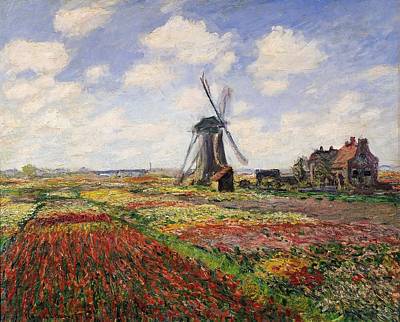
The French painter Claude Monet only spent ten days in the Netherlands in 1886. He was captivated by the Dutch landscape, with its windmills and bulb-fields, and produced five paintings of them. Monet painted the sea of flowers in every possible colour, while the sky, the windmills and the buildings on the horizon are rendered in muted blue, grey and purple tones, with the occasional pink accent.
(Credit: art-monet.com)
Today there is still a sea of flowers of every possible colour but the windmills are very different! Elisabeth says 'that although Dutch people grow tulips in Victoria, there is nothing like the huge fields of tulips in Holland, and there are of course so many varieties, some of which have never been able to re-produced here.'
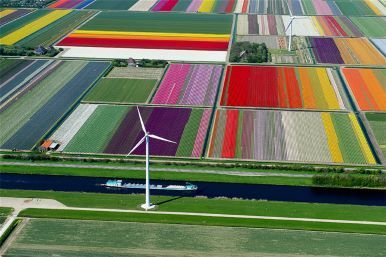
Before we talk more about the beauty of the tulip, lets recap about 400 years of history. The tulip is native to central Asia and eventually made its way to Turkey. Tulip or in Botany Tulipa, derived from the Turkish word tulbend or turban, which the flower resembles, is the national flower of Turkey and The Netherlands (Credit: theflowerexpert.com)
But it was when the flower was first cultivated in The Netherlands that it really came to prominence.
The tulip’s popularity reached unprecedented, even excessive, heights, in the 1630s. This gave rise to a veritable tulipmania, which held many Dutchmen in its grip in 1636 and 1637. If the flower had initially roused largely scientific interest, from around 1630 on tulips became attractive financially. Tulips and tulip bulbs were bought and sold actively, frantically in fact, and this trade deteriorated into speculation in 1637. Countless people jumped on the bandwagon buying options they could pay later, some even putting up their homes as collateral. The market crashed suddenly in February 1637; prices plummeted and many investors were left penniless. (Credit: www.rijksmuseum.nl )
A somewhat quirky representation of the history can be viewed below.
Regardless of the speculative past, tulips have been painted, adored and adorned for centuries, during WWII tulip bulbs were also a valuable food source. For those interested in the details please follow this link as it provides a valuable insight into the Dutch ethos.
So much history surrounds this flower but I think this painting by Hans Bollongier still feels current today.
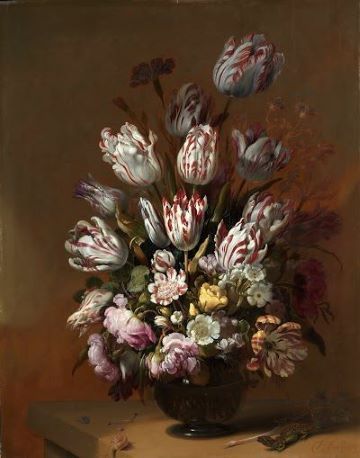
Coincidentally, The New York Times, recently had an article highlighting the similarities between Tulip-mania and the digital currency Bitcoin
Bitcoin’s critics say the digital tokens are like the tulip bulbs of 17th-century Holland. They generated a wild, speculative rush that quickly disappeared, leaving behind nothing but pretty flowers and wrecked bank accounts.

So many painters have captured the beauty of tulips, I wonder if anyone will be referring to bitcoin in 400 years?
Yesterday Anne brought to us two tulip works of Finnish artist Helene Schjerfbeck circa 1890. Created at a similar time to these works was this painting of Cézanne's - Tulip in a Vase.
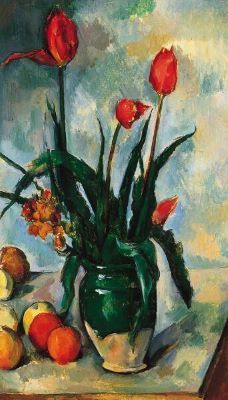
Elisabeth, my mother, thinks tulips have a life of their own, once in the vase, as some fall over and others stay upright. I have to date never been able to work out the why's and where-fore's of their behaviour. These thoughts are beautifully captured by the wonderful David Hockney.
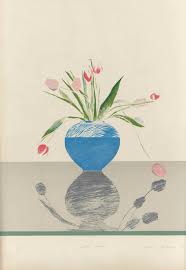
Here is a great tip from Elisabeth: 'put only a few inches of water in the vase, as tulips 'have to work' - that way they last a little longer. Just check daily and fill the vase again with just the same quantity of water.' Our grandmother grew tulips in her front garden and Elisabeth recalls one year when they were particularly beautiful, so beautiful in fact that Elisabeth's brother Hans decided to sell them as cut flowers....Elisabeth says 'the reaction of their Mother when she awoke from an afternoon rest to find NO tulips in the garden is best left to the imagination!'
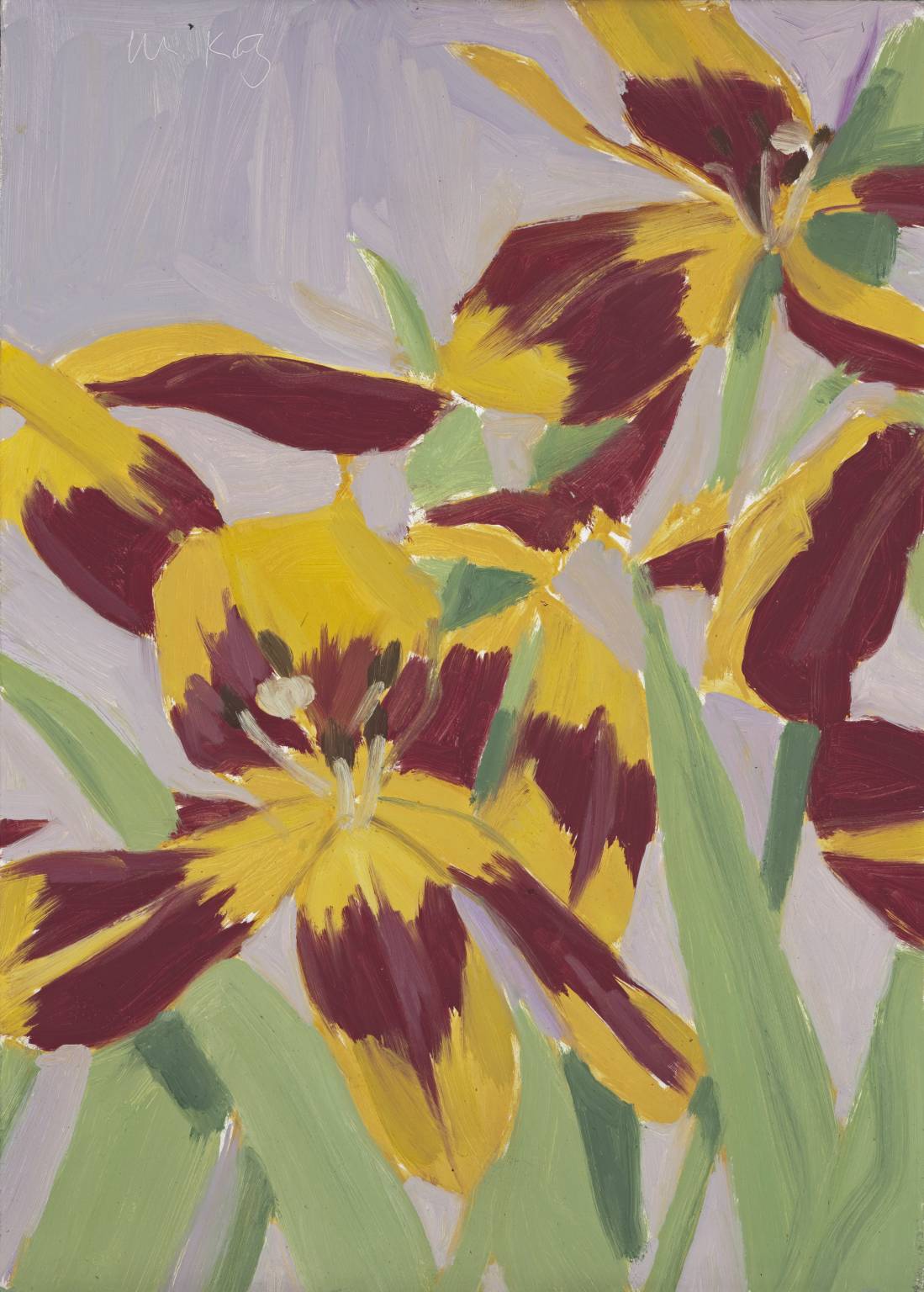
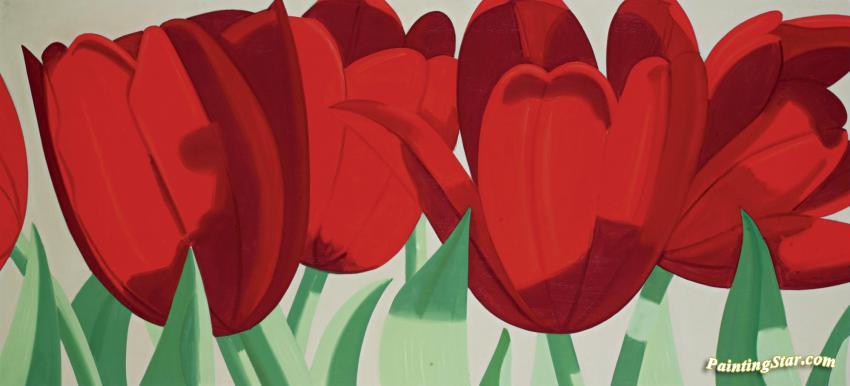
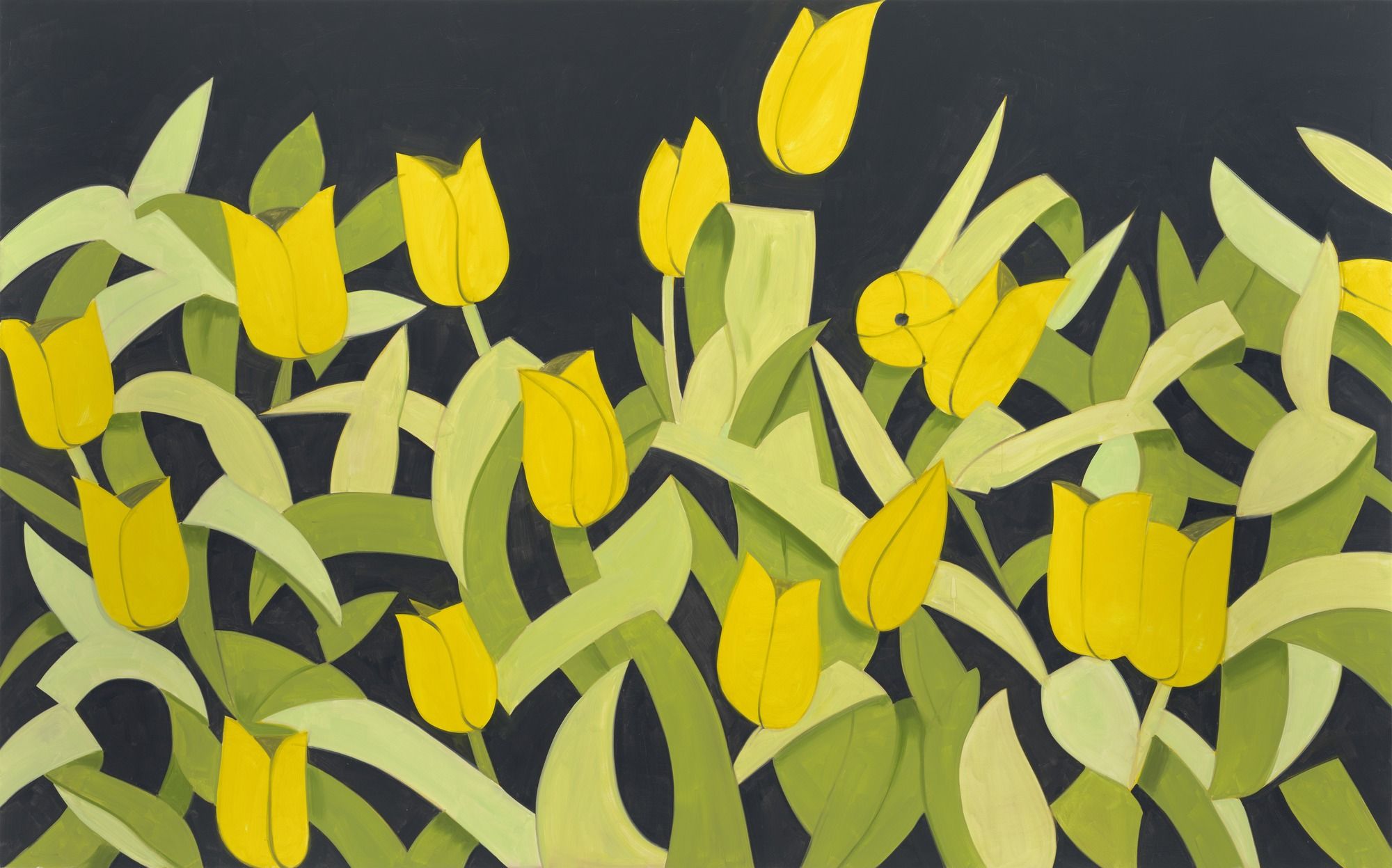
In 2018, The Netherlands sold US$4.5 billion of exported flower bouquets via the 'Dutch Auction' process. An auction in which the goods are offered at gradually decreasing prices. The first bidder to accept, wins.
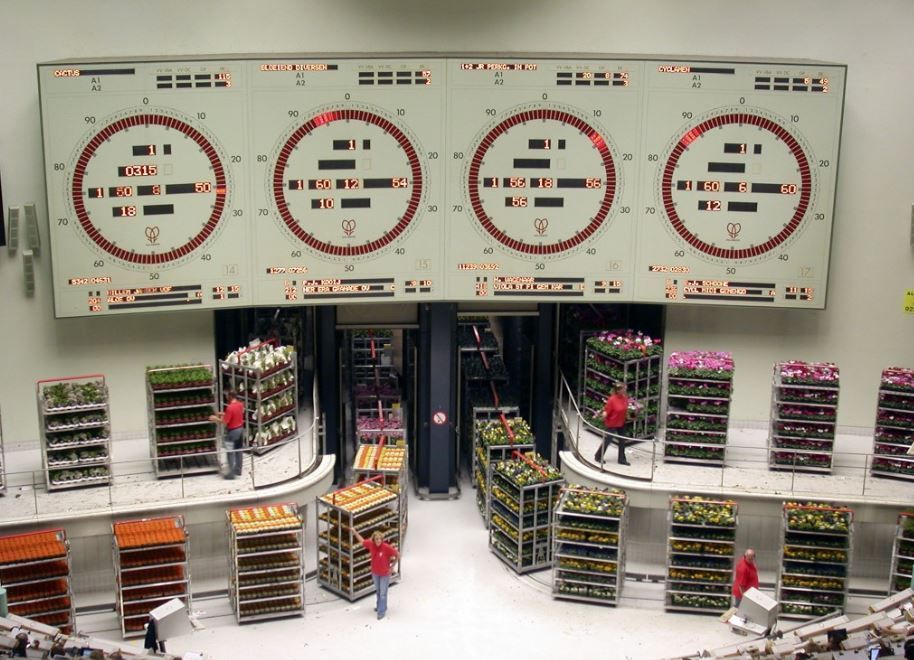
At Aalsmer, the flower auction is located in a building (with the 3rd largest footprint in the world; 128 acres Credit Wikipedia) but this industry is also facing many challenges. If you would like to gain an understanding of these challenges and see how the Aalsmer flower auction works please take a look at this link.
If you are in Melbourne and would like to form your own opinion about what all the fuss has been about for 400 years…check out the tulip festival prior to 13th October 2019 and I am sure you will agree, the tulip is not any ordinary flower.
